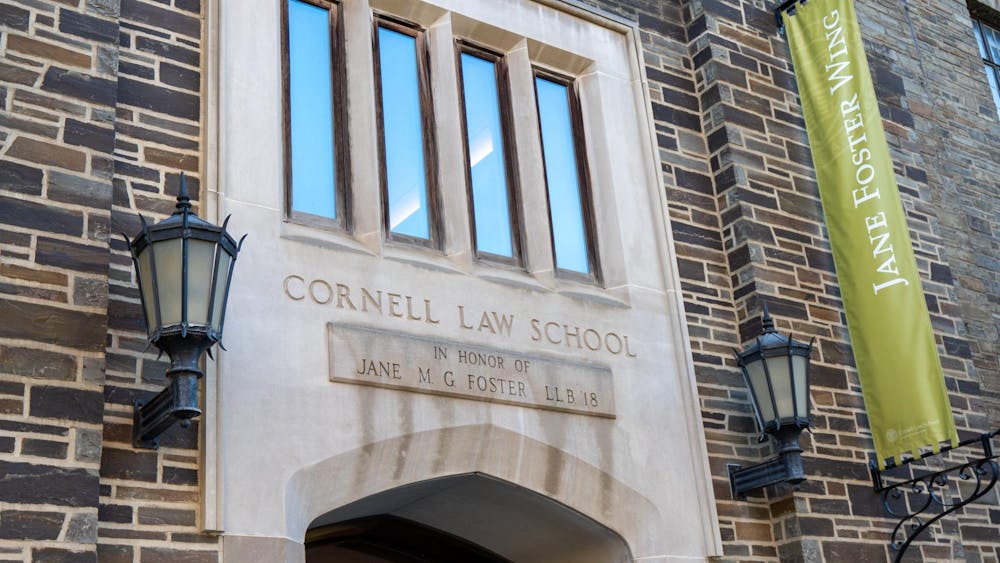In a world where mainstream music is often detached from politics or cultural identity, artists like Xiuhtezcatl Martínez offer a powerful alternative. A hip-hop singer/songwriter with Mexica — an Indigenous people of Mexico — heritage, Xiuhtezcatl profoundly redefines what it means to be an artist in the American music industry as he blends English, Spanish and Nahuatl (the Indigenous language of the Mexica) in his music while highlighting the issues Indigenous communities across Mexico and the United States face.
Xiuhtezcatl’s music works to represent the ongoing struggle Indigenous people face as they attempt to reconcile their Indigenous identity within a Western society that was born from the violent displacement and erasure of Indigenous cultures and voices from all aspects of society, including the arts. By intentionally incorporating Nahuatl in his music, Xiuhtezcatl seeks to disrupt the Colonial Western idea that Indigenous heritage is a shameful thing that must be hidden from the public eye.
This can most easily be seen in his recent track “SÍGUEME,” in which he raps, “Feel the strength that my land transmits / It is the inheritance that my grandmothers left / I want to return to where we are from.” Xiuhtezcatl’s lyrics are simultaneously a response to the historical and ongoing removal of Indigenous peoples from their lands and a call to Indigenous youth listening to imagine a radical future in which Indigenous culture is honored and the connections Indigenous people hold to their land is protected. The accompanying music video deepens this message as it features recurring imagery of water as a dual symbol of exploitation and rebirth for Indigenous communities. Historically, Colonial Western governments have sought to oppress and to control Indigenous communities by stripping them of reliable access to clean running water, often resulting in the degradation of Indigenous lands, sovereignty and growth. However, through his music video for “SÍGUEME,” Xiuhtezcatl instead seeks to portray water as a source of healing and rebirth for Indigenous people — emphasizing its role as a literal and spiritual life-giving force.
It’s important to note that this reclamation of Indigenous identity and language is not unique to Xiuhtezcatl, rather he is a part of a growing movement of Indigenous artists in the Western music industry who are using their art as a tool of resistance against cultural erasure. For example, take Sara Curruchich, a Guatemalan singer-songwriter who performs in both Spanish and Kaqchikel Mayan, whose music challenges the efforts of Western society to historicize Indigenous people and identity. Rooted in themes of survival, generational healing and dignity, Curruchich’s music makes a powerful statement to those listening: the Mayan people are — not were — alive and thriving, they are not simply a relic of the past you read about in a history book but rather an evolving population that demands respect.
See also the work of Ketrafe, an artist seeking to revive Mapuche (an Indigenous people of Chile) culture by singing solely in Mapudungun. In Chile, whose constitution is the one of few in Latin America that refuses to recognize its Indigenous population and history, speaking Mapudungun is grounds for governmental persecution and as a result now less than a quarter of Mapuche people can speak it fluently. Ketrafe’s music works to show Chilean society that despite the attempts of their government to silence and erase them from history, the Mapuche are very much still alive and remain as preservers and promoters of Mapudungun. Beyond that, Ketrafe seeks to offer his music as an avenue for younger generations to reconnect with their Indigenous heritage and language.
Lastly, see Renata Flores, a Peruvian hip-hop artist who was featured in Xiuhtezcatl’s “Sígueme.” Flores’ debut album Isqun, which is primarily sung in Quechua, was created against the backdrop of Indigenous communities in Peru still grappling with the aftermath of the Peruvian Civil War, which lasted into the early 2000s. During the Civil War, Indigenous communities in Peru were specifically targeted — over 75 percent of those killed were native Quechua speakers. In a country where speaking Quechua was once effectively a death sentence, Flores now reclaims the language through her art while also highlighting the issue of gender based violence against Indigenous women in Peru. For Flores, her Indigenous heritage is a factor that cannot be detached from what she creates, but rather is integral to her artistic expression.
Together these Indigenous artists form a powerful force in the Western music industry as they work to remind the world that Indigenous languages and peoples are not relics of the past, but rather are living, evolving and vital presences in contemporary media. When Xiuhtezcatl sings in Nahuatl, it is not for the aesthetic, rather it is to reclaim a voice often stolen from indigenous peoples who have been forced to bear witness to their languages being wrongly associated with poverty, backwardness and illiteracy by Western society. Xiuhtezcatl’s music is a part of a larger movement to seek to encourage Indigenous youth to resist efforts from American society to water down their culture in order to make it more digestible and to imagine a future in which Indigenous identity is celebrated and present in all forms of life and media. His call is simple but profound: “Follow me where we are going — we carry the map in our hands.” And increasingly, the world is listening.
Leslie Monter-Casio is a freshman in the College of Engineering. They can be reached at lm953@cornell.edu.











